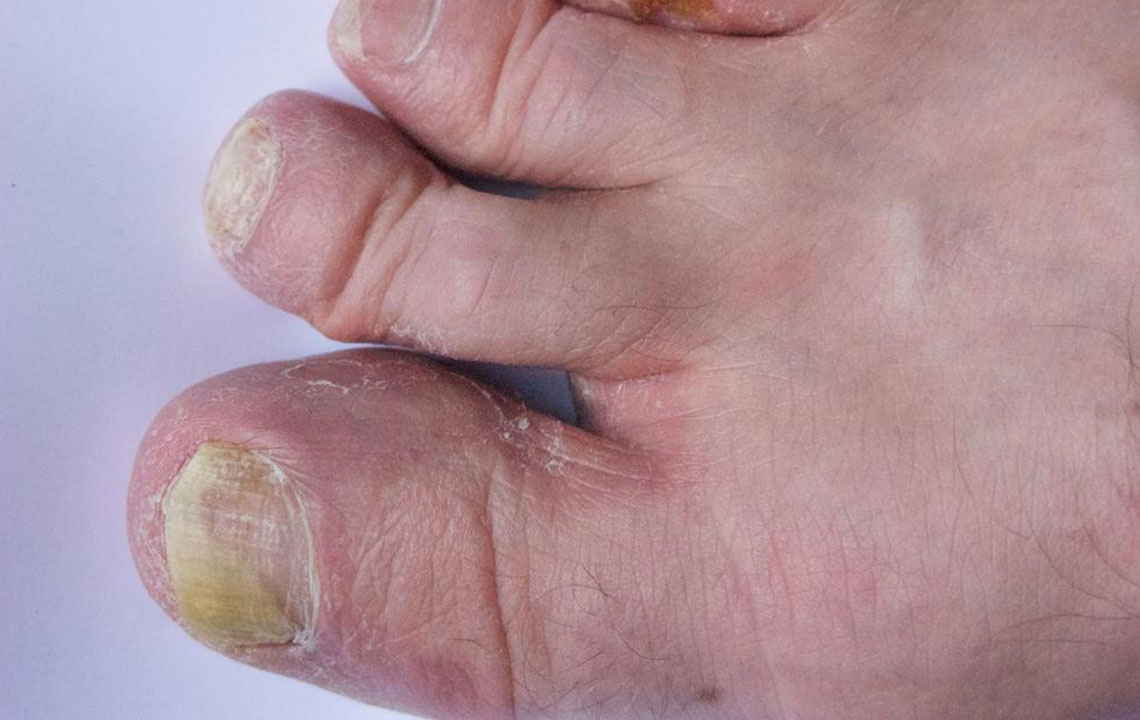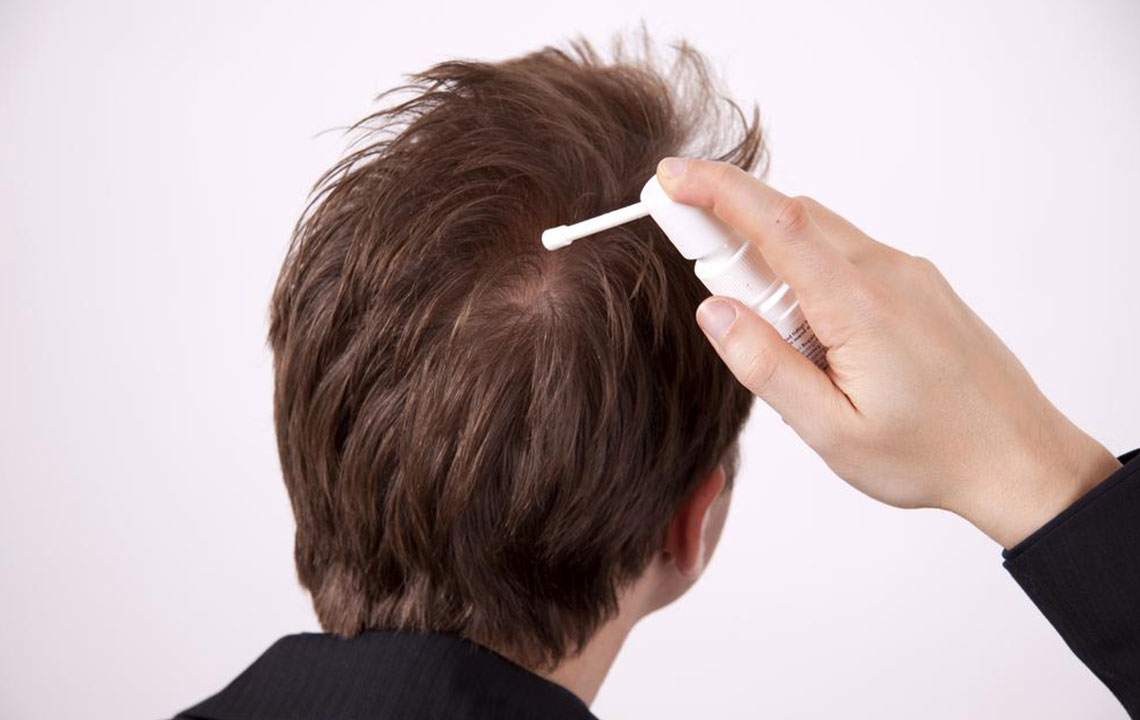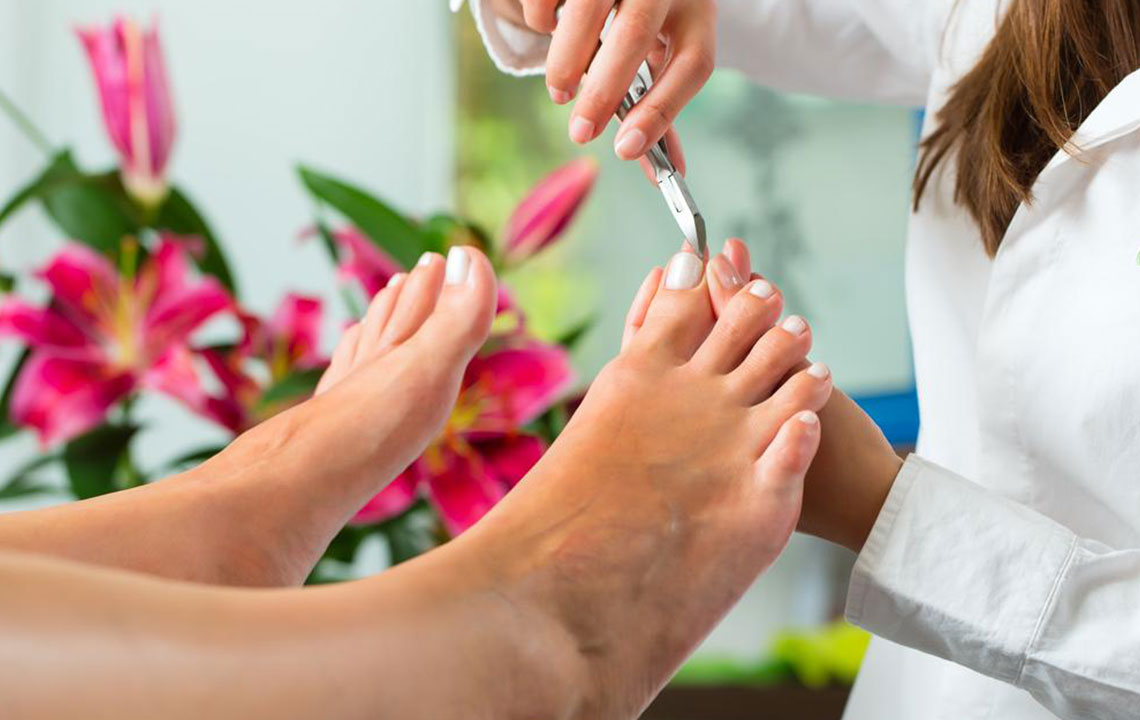Effective Strategies for Managing Toenail Fungal Infections
This guide offers effective treatments for toenail fungus, emphasizing medical options, natural remedies, and preventative measures. Expert advice highlights the importance of early detection, proper hygiene, and professional consultation for lasting results in managing onychomycosis and preventing complications.

Effective Strategies for Managing Toenail Fungal Infections
Toenail fungus, or onychomycosis, is a stubborn and uncomfortable condition that often affects many individuals. It typically develops slowly, leading to nails that become thick, discolored, and misshapen. While more common in toenails than fingernails, initial signs are subtle, making early detection difficult. As the infection advances, nails may turn white, yellow, or green and become brittle or deformed. Surrounding skin may also appear cracked, itchy, or swollen, especially in a moist environment conducive to fungal growth.
Fungal infections cause discomfort, especially when pressure is applied. They can compromise the nail’s integrity, making it brittle and crumbly. External factors such as unsanitary salon practices, damp environments, frequent swimming, or contact with contaminated items can promote fungal growth. Men are more susceptible to toenail fungus, and if family members are affected, transmission risk increases. Long-term infections may result in permanent nail damage, spread to other areas, or complications like cellulitis.
Over-the-counter remedies are often unreliable; consulting a healthcare professional is recommended. Doctors may prescribe oral antifungal medications like terbinafine, itraconazole, fluconazole, or griseofulvin—effective options that target persistent infections. Treatment duration can extend for several months, ensuring the fungus is fully eradicated. Topical solutions, including medicated nail polishes and natural oils, also play a role. Proper nail trimming before application enhances penetration, but topical treatments might have limited effectiveness and risk re-infection.
Natural remedies like snakeroot extract have demonstrated antifungal properties. Certain oils, such as tea tree, oregano, and olive leaf extract oils, exhibit antiseptic and antifungal effects when applied directly to infected nails. Care should be taken to avoid allergic reactions when using these oils. Ozonized oil can also be beneficial. Vinegar, garlic, and Vicks VapoRub are alternative home remedies, though scientific evidence supporting their efficacy is limited. Garlic, whether applied topically or consumed, has notable antimicrobial properties.
Prevention remains paramount. Keeping nails trimmed and clean, replacing contaminated footwear, and avoiding injury around the nails can inhibit fungal growth. Improving diet with protein and iron-rich foods can bolster the body's ability to fight infection, reducing the risk of recurrence.
Note:
Our website provides general information and insights into toenail fungus management. However, this should not replace professional medical advice. Always consult a healthcare provider for accurate diagnosis and tailored treatment options. The site is not responsible for any discrepancies or unlisted offers that might better suit individual needs.










